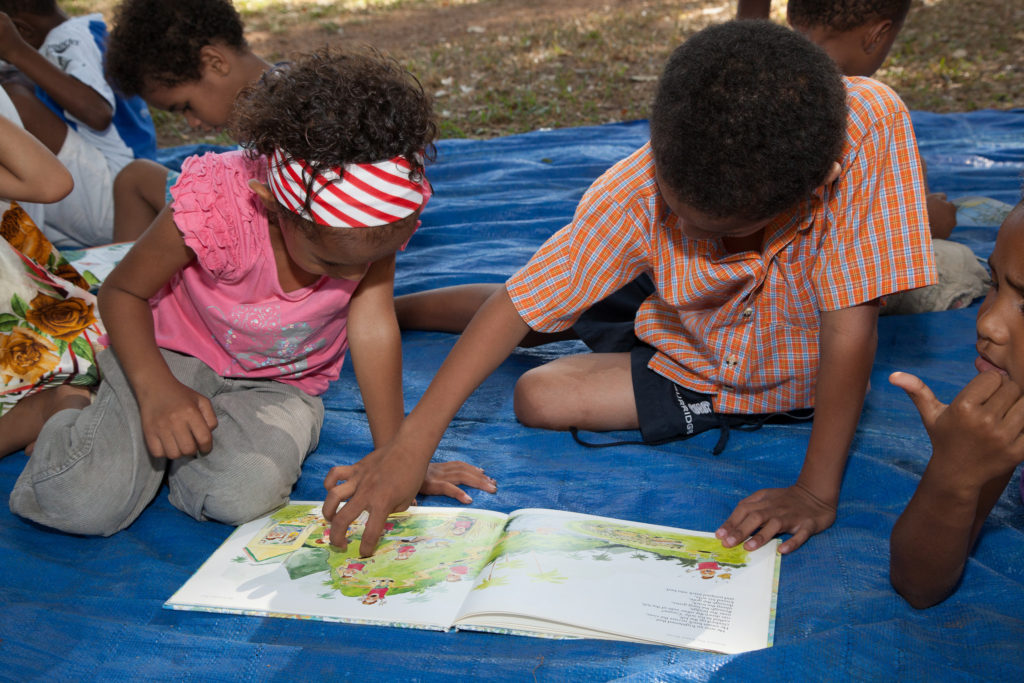Virginia’s foster care system currently provides services for approximately 5,300 children, with total federal, state, and local spending on foster care and adoptions amounting to nearly $500 million every year. Although the cost of foster care and expenditures for administering the system have increased in recent years, it seems that what else is increasing is scrutiny on the system that has been found to be flawed.
After the General Assembly’s Joint Legislative and Audit Review Commission‘s (JLARC) review of the Virginia Department of Social Services (VDSS), it was found that basic safety requirements have not always been followed in the past. Moreover, the performance of the system is lackluster at best, leaving Virginia as one of the worst systems in the country in some aspects.
It was found that in 98 sampled cases, or four percent, the requirements to ensure the safety of settings were not followed, and despite the requirement that caseworkers visit children at least once a month to ensure the safety and well-being, caseworkers in some local departments were found to not be conducting monthly visits, and even dismissed visits for multiple consecutive months. Evidence also shows that children do not always receive required health screenings, and the proportion of children in foster care in Virginia who did not receive required screenings in a period between 2016 and 2017 was higher than in some other states.
To solve the problems surrounding the care of Virginia’s foster children, an expansion of state-level policies and investments are needed to place more children in family-based foster care settings.
Although the best child welfare practices prioritize placement with relatives, local departments in Virginia are not using relatives nearly as frequently as other states, the 128-page report states. In 2016, only six percent of children in foster care were placed with relatives, far less than the national average of 32 percent, which is explained, according to JLARC, “by inconsistent efforts by caseworkers to identify relatives who may be willing and able to assume the role of foster parent.”
Even though non-relative foster families are needed, long-standing statewide shortages sit on top of a system that is without a plan, without funding, and without dedicated staff to systematically recruit non-relative foster families to care for children. Virginia’s use of congregate care, which are group homes and treatment centers, is not only higher than other states, but is increasing every year. Moreover, a substantial proportion of children in these settings do not have a clinical need to be there.
Compared to foster children in other states, a higher proportion of children “age out” (reach age 21) of Virginia’s foster care system before finding a permanent family. Between 2012 and 2016, 54 percent of foster children over 12 years old aged out before finding a permanent home, which is approximately double the nationwide average of 25 percent, leaving the Commonwealth as one of the three worst states annually for children aging out of foster care in the past decade.
Insofar as funding and personnel is concerned, at least 15 percent of caseworkers carry high work loads, meaning holding caseloads of more than 15 children at a time, affecting nearly one-third of foster children in Virginia spread across 32 local departments in all five regions of the state.
One area with the greatest potential for improvement is the reunification of a foster child with their birth families. VDSS data indicates that local departments are not involving birth parents and other key individuals in critical decision points in the foster care process, and children in Virginia are significantly less likely to be reunified with their birth parents than children in other states. One issue behind this is that some children are waiting an unnecessarily long time for adoptions to occur considering a local department’s handling of the termination of parental rights.
JLARC provided a series of 34 legislative and executive recommendations that seek to rectify the situation with foster children in the Commonwealth.
They stated that VDSS must examine the results of case file reviews and certify that all safety-related concerns have been resolved; develop and maintain a strategic plan for recruiting foster families and to maintain a statewide inventory; identify all children who do not have a clinical need to be in a congregate care setting and take steps to move them to a more appropriate placement; establish a single caseworker standard; and specify supervisory responsibilities for the state’s foster care system.
Furthermore, JLARC recommends that local department staff should routinely search for the relatives of children in foster care; identify children who have been in foster care for longer than 36 months to minimize prolonged stays in foster care for these children; and develop clear guidance that should be distributed to all birth parents on their ability to voluntarily terminate parental rights.

